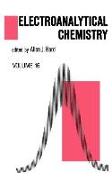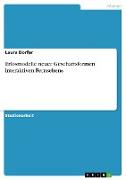- Start
- The Word Book, Part 1: A Modern Source in Greek Script
The Word Book, Part 1: A Modern Source in Greek Script
Angebote / Angebote:
This hardbound New Testament Gospels is specifically designed to be a simple modern source in the standard Koine Greek script. It leverages extremely readable typography so that you can even learn Ancient Greek as you read. It is written in a modern style using all punctuation, formatting, and diacritics. It is without anything else other than the bare essentials, so you can be immersed in the language and avoid assuming that the formatting of the text has always been a certain way.The word Gospel in Koine Greek is Ε¿aγγ¿λιον meaning "good news", from ε¿- (eu-, "good") + ¿γγελος (ángelos, "messenger"). More literally, "good angels", where the word "angel" literally means "messenger", where there was a good message channel between God and humans, captured in this book. The word "koine" (κοιν¿) literally means "common", as Koine Greek was the common Greek language spoken between around 300BCE and 300CE, and so was the language of the early Church fathers and the New Testament.Matthew, Mark, Luke, and John, whether or not they were actual people, would have written their notes on papyrus, maybe even in an Uncial format. Greek (and most if not all languages) at the time did not use punctuation or spaces between words, so a papyrus fragment would simply be a string of capital Greek letters, to be interpretted in context by skilled scribes. We have versions of the Gospels in this stream-like Uncial script to give the sense of what it might have been like in the very beginning. But this book you're looking at now is written using modern Greek syntax.Koine Greek was what the first New Testament manuscripts were written in, not Latin. Latin came a few centuries later, but grew to dominance with the rise of the Catholic Church and the formalization of Christianity around the time of Constantine in the early to mid 300's.
Folgt in ca. 15 Arbeitstagen




